In various industries, the metal wire drawing process has gained significant importance due to its precision and versatility. This article delves into the intricacies of the metal wire drawing process, exploring its applications and the underlying principles that make it a pivotal technique in various manufacturing scenarios.
The metal wire drawing process involves the manipulation of metal wires to achieve specific shapes, sizes, and surface finishes. This process involves the use of specialized tools and machines that pull the metal wires through dies of different shapes and sizes, gradually reducing their diameter and imparting desired shapes. The process also involves the application of heat and lubrication to ensure smooth operation and enhance the quality of the final product.
One of the most significant aspects of the metal wire drawing process is its ability to achieve precise dimensions and smooth surface finishes. The process allows for fine adjustments in the diameter of the wire, ensuring accurate specifications are met. Additionally, the smooth surface finish enhances the aesthetic appeal of the product, making it suitable for various applications.
The metal wire drawing process is widely used in various industries. In the automotive industry, it is used to manufacture intricate parts such as springs, wires, and other components that require precision and strength. In the electronics industry, it is used to manufacture fine wires and connectors that are essential for the smooth functioning of electronic devices. Additionally, it is also used in the aerospace, jewelry, and medical industries due to its ability to produce high-quality products with precise specifications.
The metal wire drawing process involves several steps that ensure the quality of the final product. The initial step involves the selection of the right type of metal based on its mechanical properties and desired outcome. The next step involves cutting and straightening the metal wire to ensure it is ready for drawing. Subsequently, the wire is fed into the drawing machine, which gradually reduces its diameter through a series of dies. Heat and lubrication are applied at various stages to ensure smooth operation and prevent damage to the wire.
The quality of the final product depends on several factors, including the type of metal, quality of raw material, and skill of the operator. It is essential to ensure that all these factors are optimized to achieve high-quality products. Additionally, proper maintenance of the machines and tools used in the process is crucial to ensure consistent quality and prevent any defects in the final product.
In conclusion, the metal wire drawing process is a pivotal technique in various industries due to its precision and versatility. It allows for the manufacture of high-quality products with precise specifications, enhancing their performance and aesthetic appeal. The process involves several steps that ensure smooth operation and optimize the quality of the final product. With proper maintenance and skilled operators, the metal wire drawing process can continue to play a vital role in various manufacturing scenarios.

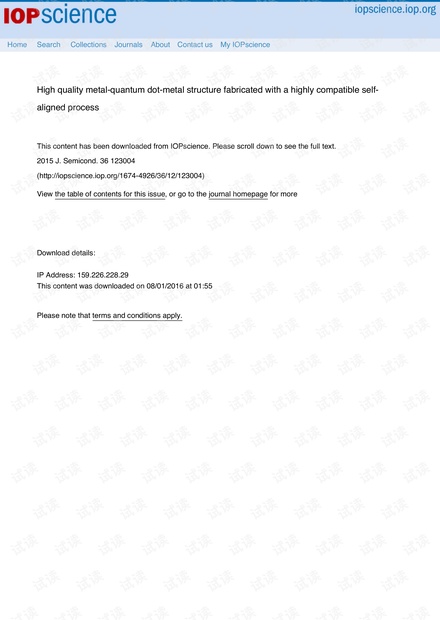
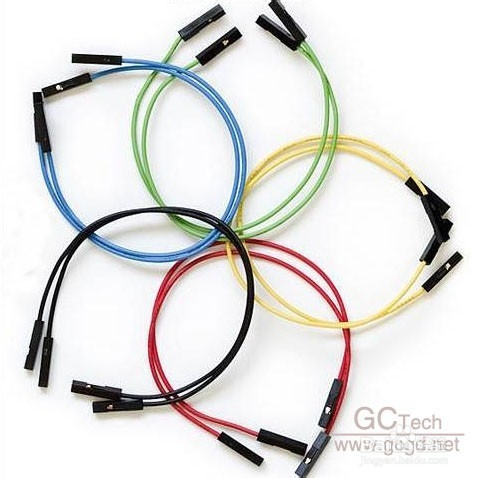

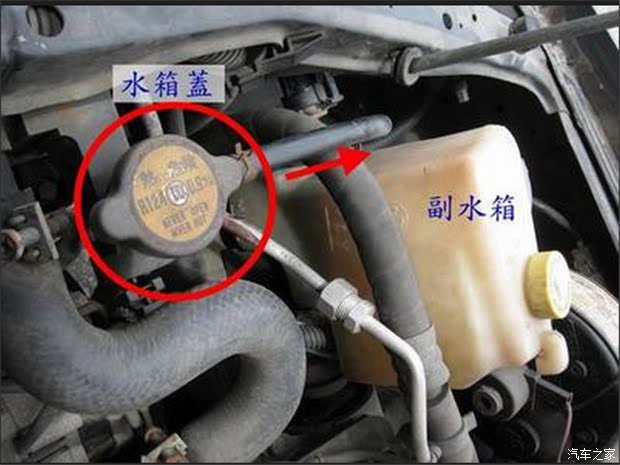



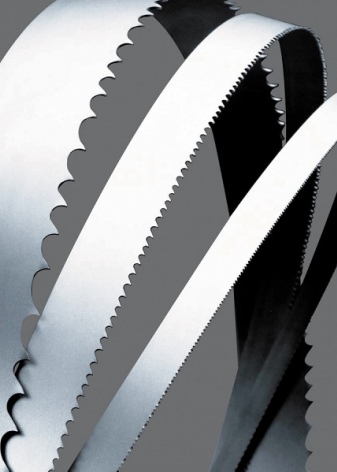
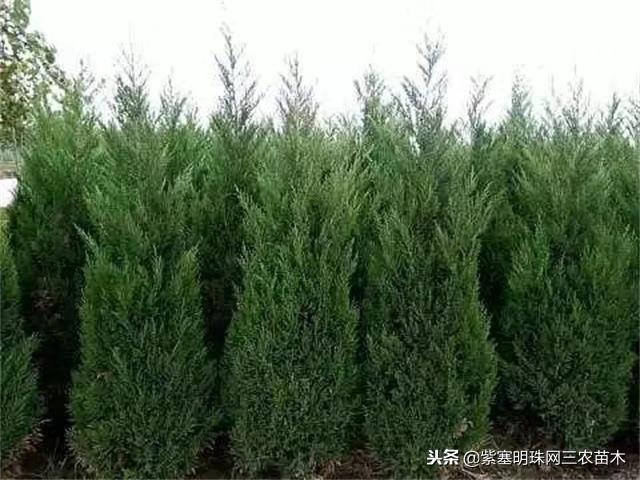
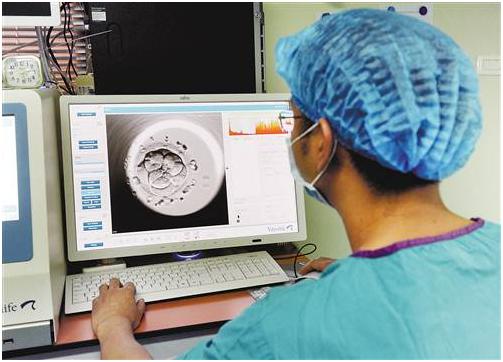
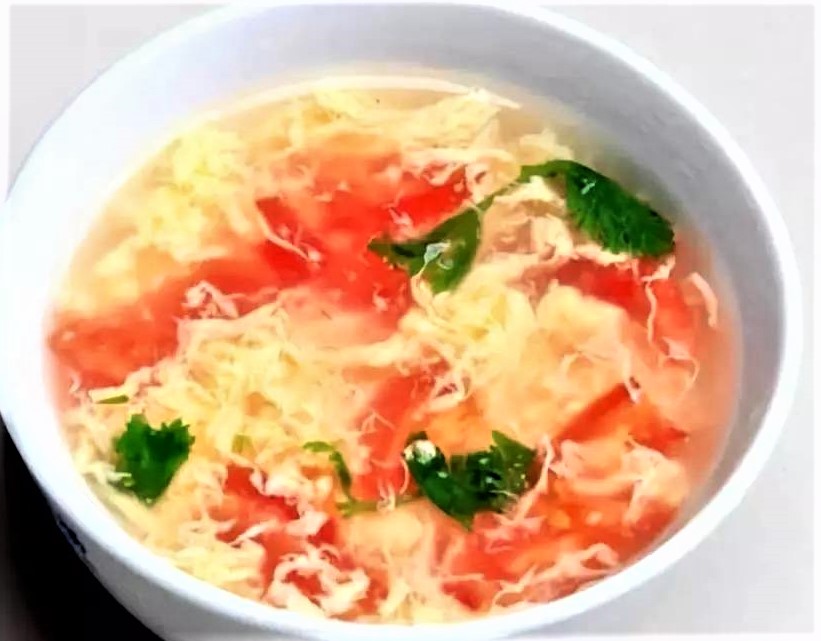
 京公网安备11000000000001号
京公网安备11000000000001号 京ICP备11000001号
京ICP备11000001号
还没有评论,来说两句吧...